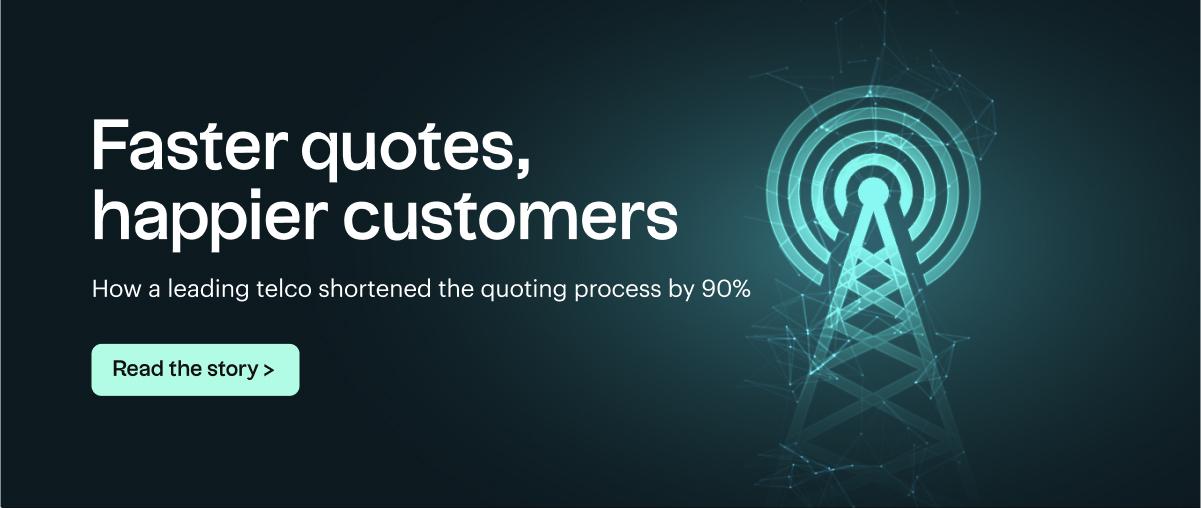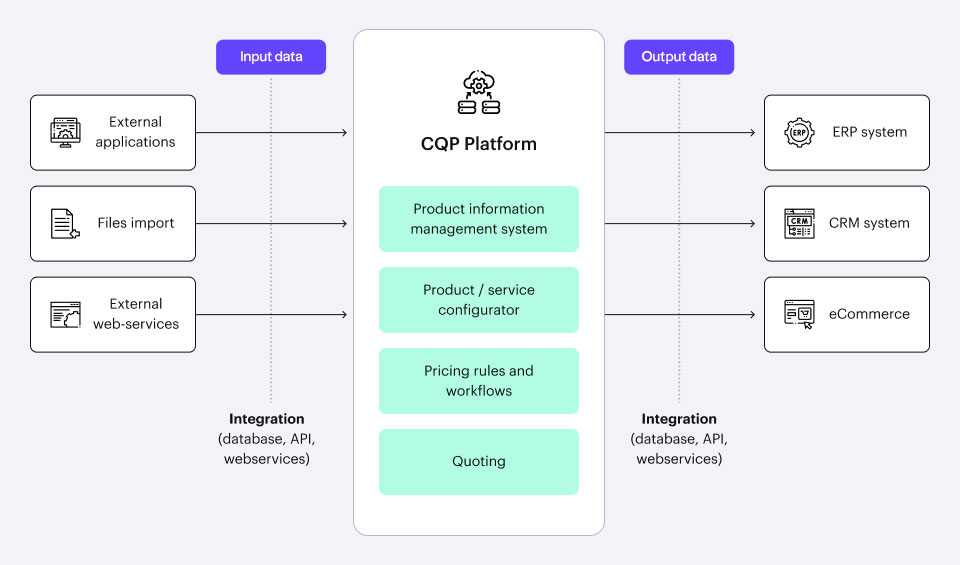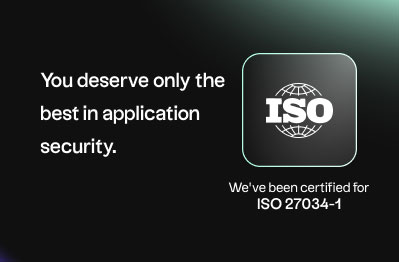
The new normal brought digital commerce to the forefront, with customers preferring remote sales, online ordering and payments, and contactless purchases. The question is, are organizations equipped to cater to these constantly evolving buyer habits? Let’s see how the right solution and strategic application development can help fuel growth in the digital economy.
B2B sales is not without its challenges
Meeting customer expectations and needs in this business climate starts with the right engine. Canada alone has a sizeable digital population and demand for ecommerce is growing each year, with sales forecasted to reach over 6.54 trillion USD in 2023.
The pandemic has not only amplified this demand but has also made it necessary for organizations around the world to adapt. To consistently meet customer expectations, it is critical to have a platform that can accelerate the sales process and offer truly frictionless buying experiences.
This is especially true for the telecommunications industry, where offerings are more complex than usual: multiple vendors involved, highly specialized products, numerous configuration options, and so on. Without an integrated and optimized sales cycle, businesses can suffer from slow turnaround times, lost sales opportunities, and eventually eroded customer satisfaction—something to avoid when it’s crunch time.
It’s clear that higher productivity, agility, and efficiency are critical to succeeding in digital commerce, which is why Configure, Price, and Quote (CPQ) solutions are being leveraged across the industry. In fact, the CPQ market is forecasted to grow by 1.14 billion USD in the next five years. Its ability to shorten and automate the sales cycle has made it an essential tool for ensuring customer success.
4 features and benefits that make CPQ sales solutions stand out
As the name suggests, CPQ platforms involve three integrated workflows: configuring products and services, pricing the result, and generating quotes. Below are four key aspects that make this technology integral to providing valuable customer experiences.
1. Dynamic, personalized sales capabilities
The traditional batch-and-blast sales process is not effective. It lacks the flexibility and configuration needed to keep up with consumer demands. Effective CPQ applications can enable the sales team to offer personalized pricing, discounts, and offerings.
From one platform, one can configure products, profit margins, price models, and subscriptions based on predefined business rules to build a custom quote. This is especially useful if working with different suppliers and contractors to build a complex, tailor-made service.

2. Customer 360 – a unified view
CPQ solutions are more effective when paired with a consolidated data warehouse. With information flowing in from multiple data streams—product, vendor, service, customer—a single version of truth is essential to streamlining the configure, price, and quote process.
This unified data pipeline will solve integration issues, improve pricing accuracy, and empower sales teams with accurate information. What’s more, a 360-degree view of customer profiles, interactions, and preferences can boost upsell, cross-sell, and renewal offers.

3. Integration with enterprise systems
With rapidly changing business models and emerging payment options, integration issues can create bottlenecks in the sales cycle. A CPQ engine bridges this gap by connecting with supplier platforms to automate the provisioning of products and services, integrating with a billing engine to automatically issue vendor PO and invoices, integrating with a CRM to enable electronic billing and payments, and so on.
Seamless integration can drastically cut down the sales cycle and enable agility to meet customer demands and ensure service assurance. Quotes can be produced faster and back orders can be reduced—all while maintaining price accuracy and reducing billing discrepancies.
4. Pipeline visibility and error avoidance
CPQ platforms can revolutionize the sales process completely, but it can also be taken a step further with analytics. Keep track of how much a sales process is improving with insights into sales cycles, SLA adherence, and operational workflows.
Basic business intelligence in a CPQ platform can help track the entire sales funnel and create reports on sales, product lifecycle, pricing waterfall, revenue, and more. With proper rules and validation engines, reduce order and quoting errors that can otherwise lengthen the sales cycle.
By inserting more advanced analytics methods and machine learning into the mix, build pricing segmentation models, improve deal intelligence, and even forecast renewal opportunities for cross-sell and upsell guidance.
Simplify and automate the sales cycle
Agility and speed are the cornerstones of the digital economy post-pandemic, and an effective Configure, Price, and Quote solution would deliver both. Meet heightened expectations with optimized product configuration and pricing and fast, accurate quotes. Empower the salesforce to innovate and boost customer success while protecting corporate margins.





